News
-
difference between nylon teabag and PLA tea bag
Nylon material triangle tea bag, more popular in recent years, especially the fancy tea mostly adopts nylon tea bags. Advantage of strong toughness, not easy tear, can be placed more tea, the whole piece of tea to relax drive will not destroy the tea bag, mesh is larger, easier to make the tea fl...Read more -

Vacuum teabag packing machine leads the trend of small tea packaging
In recent years, with the popularity of green and environmentally friendly packaging, the tea packaging industry has adopted a minimalist style. Nowadays, when I walk around the tea market, I find that tea packaging has returned to simplicity, using environmentally friendly materials for independ...Read more -

Tips about tea tree pruning
After tea picking, it is natural to avoid the problem of pruning tea trees. Today, let’s understand why tea tree pruning is necessary and how to prune it? 1. Physiological basis of tea tree pruning Tea trees have the characteristic of apical growth advantage. The apical growth of the main s...Read more -
The Secret of Precise Filling Materials in Powder Packaging Machines
From the perspective of quantitative principles, powder packaging machines mainly have two methods: volumetric and weighing. (1) Fill by volume Volume based quantitative filling is achieved by controlling the volume of the filled material. The screw based quantitative filling machine belongs to t...Read more -
Non woven tea packaging machine
Tea bag is a popular way of drinking tea nowadays. Tea leaves or flower tea are packaged into bags according to a certain weight, and one bag can be brewed each time. It is also convenient to carry. The main packaging materials for bagged tea now include tea filter paper, nylon film, and non-wove...Read more -
What are the types of vacuum packaging machines?
With the acceleration of the pace of life, people’s demand for food preservation is also increasing, and vacuum packaging machines have become indispensable kitchen appliances in modern households and enterprises. However, there are many brands and models of vacuum packaging machines on the...Read more -

Which tea picking machine has the best picking effect?
With the acceleration of urbanization and the transfer of agricultural population, there is a growing shortage of tea picking labor. The development of tea machinery picking is the only way to solve this problem. At present, there are several common types of tea harvesting machines, including sin...Read more -
Automatic premade bag packaging machine: an efficient assistant for enterprise production lines
With the rapid development of technology, fully automatic premade bag packing machines have gradually become a powerful assistant on enterprise production lines. The fully automatic bag packaging machine, with its high efficiency and precision, is bringing unprecedented convenience and benefits t...Read more -
Learn about tea leaves fixation in one minute
What is tea fixation? Fixation of tea leaves is a process that uses high temperature to quickly destroy the activity of enzymes, prevent the oxidation of polyphenolic compounds, cause the fresh leaves to quickly lose water, and make the leaves soft, preparing for rolling and shaping. Its purpose ...Read more -
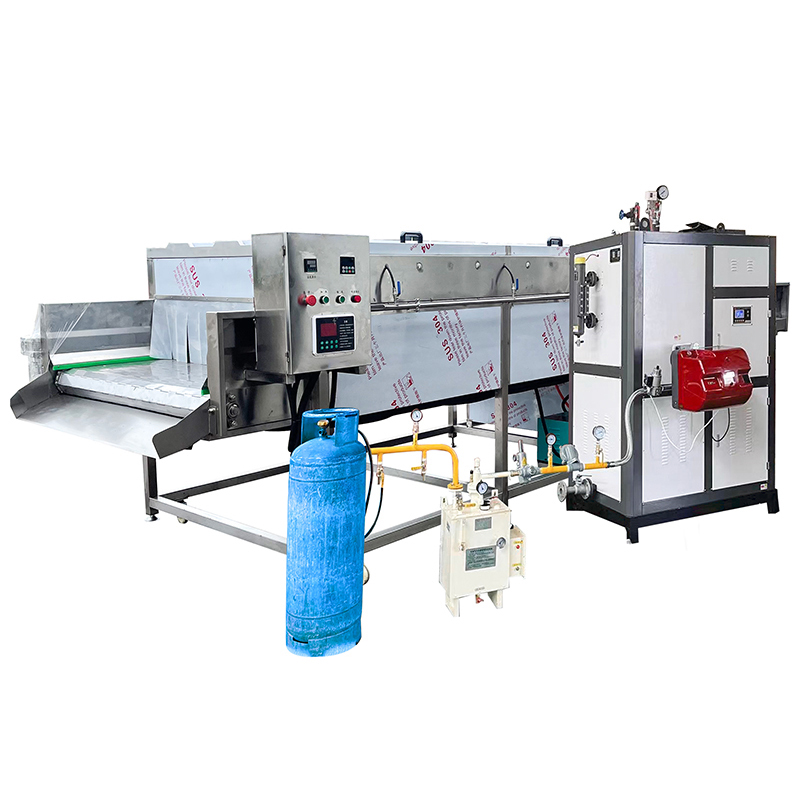
The difference between heating and hot steam fixing
There are five types of tea processing machine: heating, hot steam, frying, drying and sun-frying. Greening is mainly divided into heating and hot steaming. After drying, it also needs to be dried, which is divided into three methods: stir-frying, stir-frying and sun-drying. The production proces...Read more -
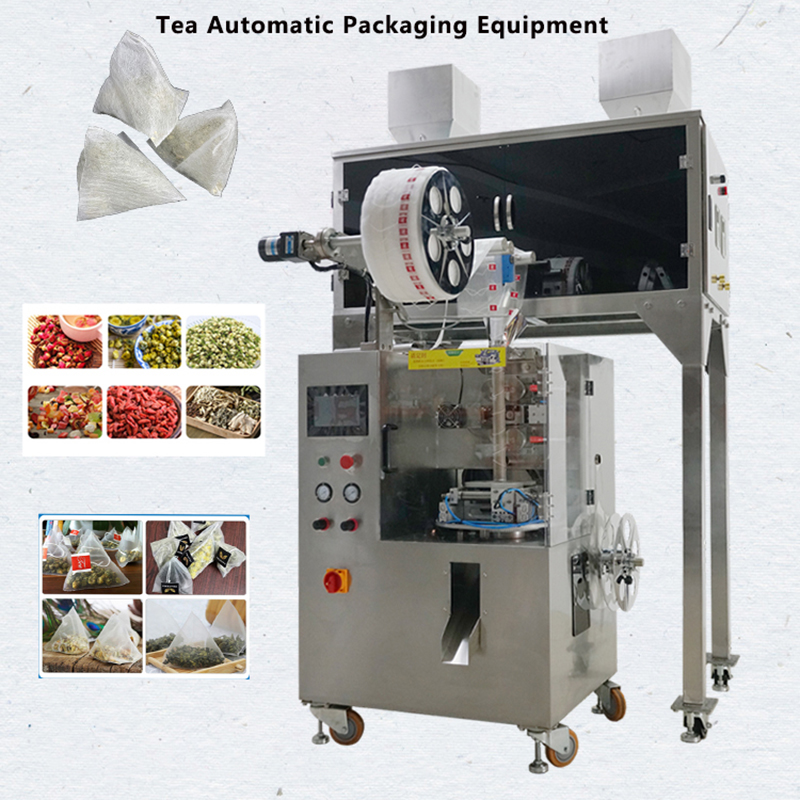
Tea packaging machine: efficient preservation improves tea quality
Tea Bag Packing Machine is an indispensable equipment in the tea industry. It has multiple functions and a wide range of uses. It can provide efficient and convenient solutions for tea packaging and preservation. One of the main functions of tea packaging machine is to realize the automatic pack...Read more -
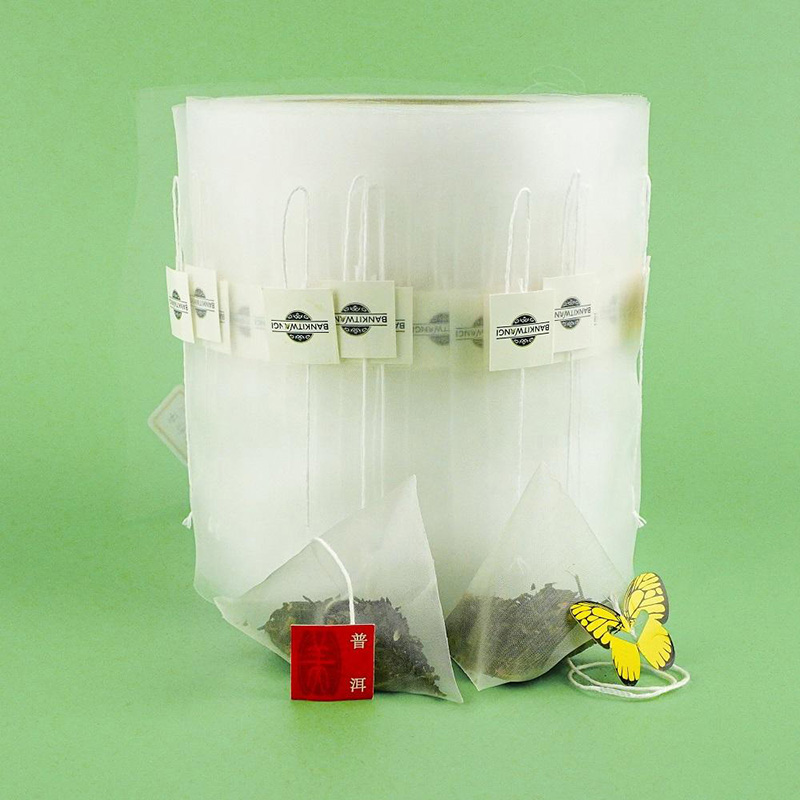
How much do you know about the materials of triangular tea bags?
At present, the triangular tea bags on the market are mainly made of several different materials such as non-woven fabrics (NWF), nylon (PA), degradable corn fiber (PLA), polyester (PET), etc. Non Woven Tea Bag filter paper roll Non-woven fabrics are generally made of polypropylene (pp material) ...Read more -
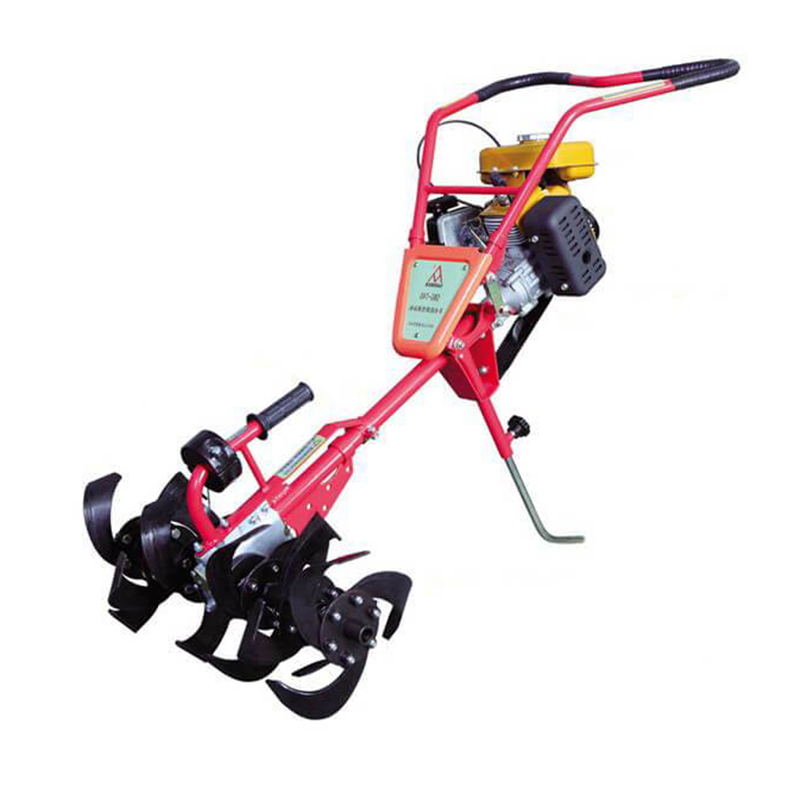
Tea garden safety production: tea tree moisture damage and its protection
Recently, strong convective weather has occurred frequently, and excessive rainfall can easily induce waterlogging in tea gardens and cause tea tree moisture damage. Even if the Tea Pruner Trimmer is used to prune the tree crown and improve the fertilization level after the moisture damage, it is...Read more -
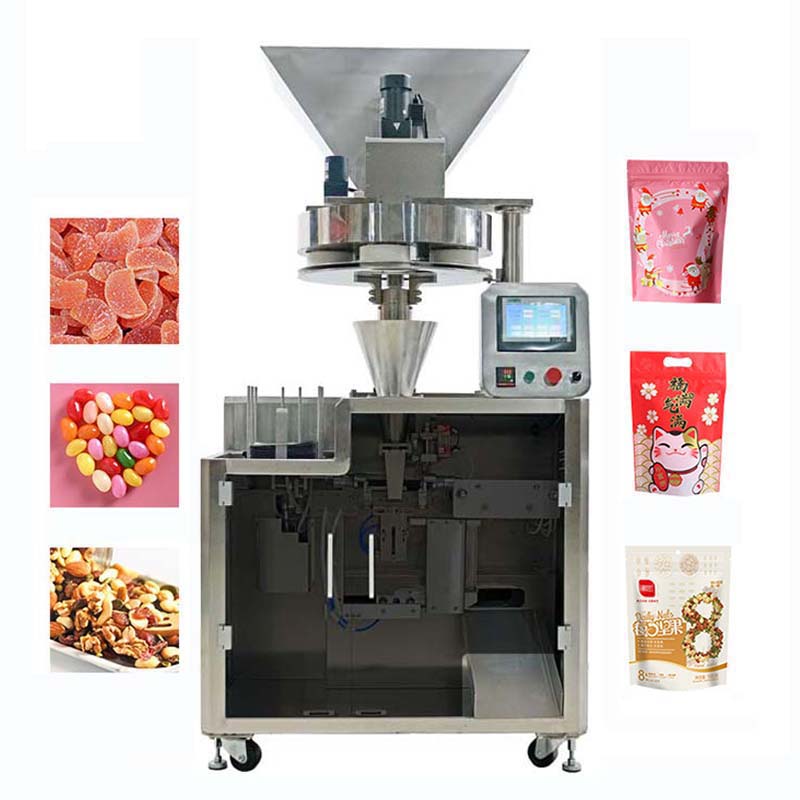
How food packaging machinery achieves aseptic packaging
For the production of enterprises and the development of various industries, it is not only necessary to have advanced technology, but more importantly, food packaging machines must adopt modern production methods to occupy a favorable position in market competition. Nowadays, food packaging mach...Read more -
Processing technology of floral and fruity black tea
Black tea is one of the main types of tea produced and exported in my country. There are three types of black tea in my country: Souchong black tea, Gongfu black tea and broken black tea. In 1995, the fruity and floral black tea was successfully trial-produced. The quality characteristics of flor...Read more -

Why do coffee lovers prefer hanging ears?
As one of the symbols of modern food culture, coffee has a huge fan base around the world. Indirectly leading to increased demand in the coffee packaging machine market. In 2022, as foreign coffee giants and new Chinese coffee forces compete for customer mindshare, the coffee market will usher i...Read more -
Scented tea making techniques
Scented tea originated from the Song Dynasty in China, began in the Ming Dynasty and became popular in the Qing Dynasty. The production of scented tea is still inseparable from the tea processing machine. craftsmanship 1. Acceptance of raw materials (tea greens and flowers inspection): Strictly i...Read more -
Main pest and disease control techniques after spring tea harvest
During the spring tea period, the overwintering adult black thorn mealybugs generally occur, green bugs occur in large quantities in some tea areas, and aphids, tea caterpillars and gray tea loopers occur in small amounts. With the completion of tea garden pruning, the tea trees enter the summer ...Read more -
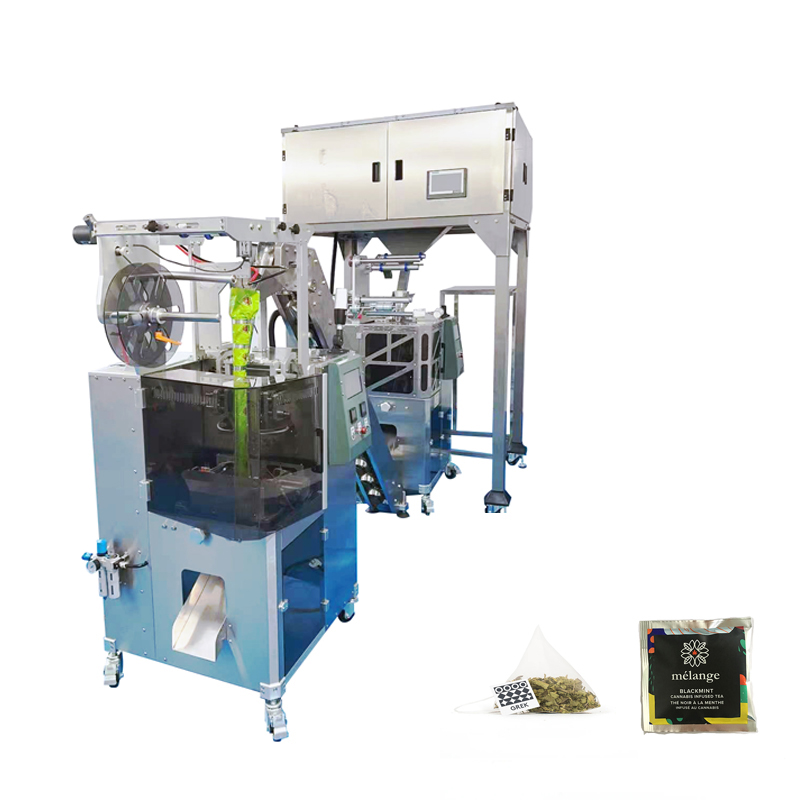
The meaning of tea deep processing
The deep processing of tea refers to using fresh tea leaves and finished tea leaves as raw materials, or using tea leaves, waste products and scraps from tea factories as raw materials, and using corresponding tea processing machines to produce tea-containing products. Tea-containing products may...Read more -

What are the unique advantages of tea packaging machines compared to traditional packaging?
With the rapid development of the economy and the improvement of human living standards year by year, people are paying more and more attention to health care. Tea is loved by people as a traditional health care product, which also accelerates the development of the tea industry. So, what is the ...Read more











